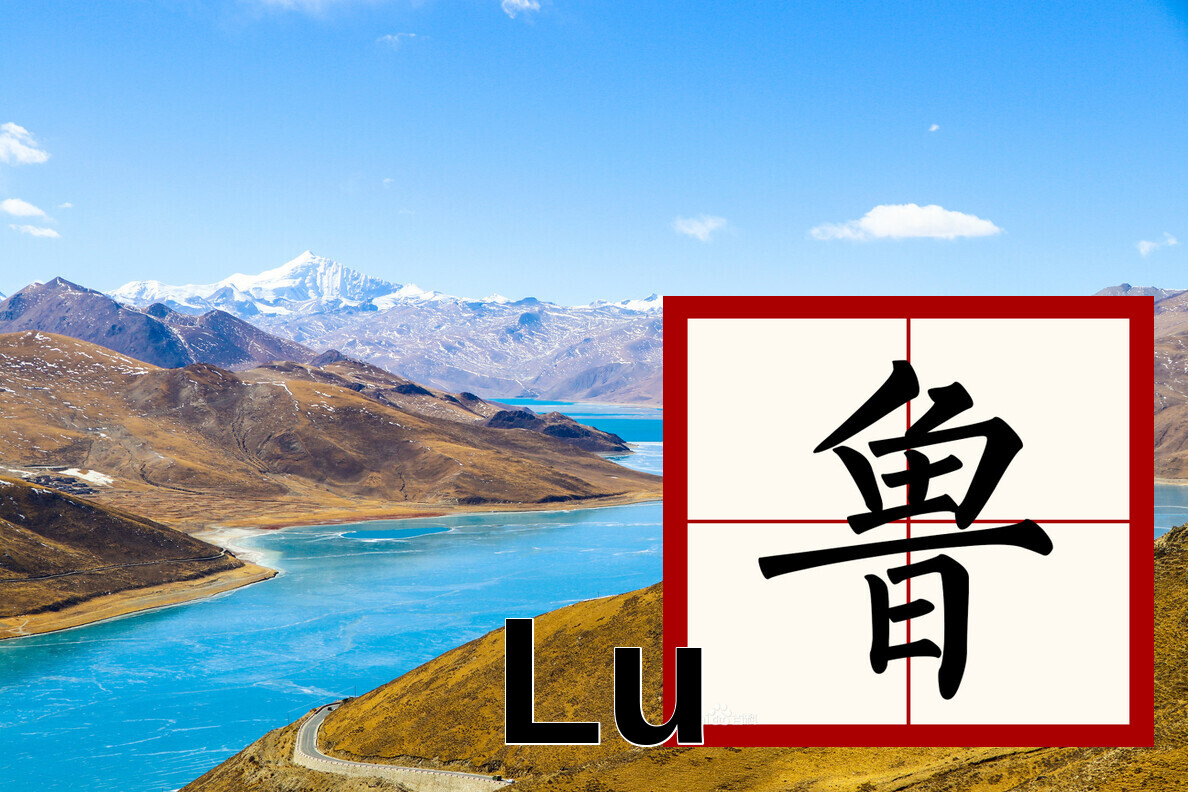Tibetan Water Burial Ceremony

Tibetan Water Burial Ceremony
Origin of water burial methods
Tibetan funeral culture has a long history, such as, the sky burial, cremation ceremonies, the celestial burial and the water burial ceremony in Tibetan areas. However, compared with the celestial burial and cremation, the water burial ceremony has more distinctive features and more space for research. Therefore, this blog attempts to restore the process of water burial ceremony in Tibetan areas.
Origin of water burial methods
The Chinese archaeologists investigated in Jinsha River Valley and found that the burial methods in ancient Tibetan areas were classified hierarchically. Among them, water burial was a lower-level funeral form. Water burial funeral was usually for suicide, children who died prematurely and pregnant women who died of dystocia. Because suicide, dead children and pregnant women died of dystocia were regarded as unlucky, while water burial was to throw the dead bodies into the river as a whole, to eliminate the tedious funeral ceremony process and labor, which could avoid bringing unlucky things to the people attending the funeral. However, some people believed that the best way to reincarnate the soul of a dead baby was to bury it in water. Other archaeologists pointed out that the water burial custom was directly related to the totem worship of ancestors. Some Tibetan residents living along the river regarded fish as an important totem in the clan, and they worshiped fish very much. Therefore, it was very sacred to throw corpses into the water and being eaten by fish through water burial.
Ritual process of water burial
The process of water burial ceremony was different in regions of Tibet
Tibetan water burial ceremony could be divided into two categories, one is whole body water burial, another one was body-split water burial. The containers carrying corpses could be roughly divided into bamboo rafts, wooden coffins, wooden boxes, bamboo baskets and sunken stones. The whole-body water burial process is roughly that the family wrap the body in a cloth, and then put the wrapped body into a container. The container is usually a bamboo basket. People wrap ropes or wooden strips on the basket, or insert them into the basket, and then carry the container to the fixed place of the water burial. There will be monks chanting sutras beside the river. When the chanting is over, the family will start to deal with the dead body. The white cloth wrapped before will be removed, the rope or wooden strip will also be removed, and then a large stone will be tied to the body, so that the body can sink into the water without floating. People will also put two wooden poles in the water burial place, one hanging prayer flags and the other hanging wool, to express the moral of commemorating the dead. Another way of water burial is that family members put the complete corpses in coffins and carry them to the water burial site, and then divide them at sight. There will be a body dividing table at the scene. The operators of the body dividing will have specific candidates. The steps of the body dividing have strict standards, and they will cut more than 100 knives in the process. After the body is decomposed, the axe, the body and the chopped coffin shall be put into the water as well.
Scope of water burial
The water burial is popular in Tibet
Talking to Tibetan water burial, it is easy to associate it with the popular water burial ceremony on the Ganges River in India. The water burial is popular in Baiyu County of Tibet. The water burial ceremony is also popular in Yangla, which is 150 kilometers from Sanyan to the south along the Jinsha River. People in Yangla are Tibetan. In their history, there are almost no sky burial, cremation, tree burial, tower burial and other funeral forms, but all are water burial. At present, there are more than ten large water burial sites in Yangla town, half of which are located in different sections of the midstream river. Tibetans in this area believe that water burial has a special meaning. They believe that the soul of the dead can be reincarnated after death. Therefore, if the dead body is thrown into the river, the fish will eat the corpse. Their life will be extended to the fish body. Therefore, water burial is to provide life in the water, it is a kind of merit, not only the best transcendence of the dead, but also the clarification of the soul of the dead, It is also the influence of charity culture.
Significance of Tibetan water burial ceremony
The basic meaning of the word “Lu鲁”
The process of Tibetan water burial ceremony is extremely meticulous. From the prepared tools to the monks’ transcendence, there are extremely strict requirements and standards. These requirements have their special meanings, mainly reflecting in the memory of life and soul, in the awe of “Lu鲁”, and also the embodiment of the giving concept.
The basic meaning of the word “Lu鲁” in oracle bone inscriptions is similar as fish. The fish wags its tail. The extended meaning is capricious, letting nature play its role, letting behavior unrestrained like a fish wagging its tail, so nature is helpless. 基本字义,甲骨文鲁字从鱼,从口。鱼儿摆尾, 引申义:任性(任由天性发挥。鱼儿摆尾,天性如此,无可奈何)、不约束(行为)。
The awe of “Lu鲁”
The Tibetans worship “Lu鲁“
Since ancient times, the traditional Chinese concept is to rely on lakes and rivers to feed on water. Therefore, the same is true for people living on the banks of rivers. Because the water can provide them drinking and irrigate their fields, people have great respect to the river and lakes. The Tibetans worship “Lu鲁” which can bless the weather and avoid natural disasters. Therefore, the dead can be buried in water, and the bodies can be used as food for fish and shrimp in the river. In this way, the river and the creatures in the water will be nourished, which can ensure the reproduction of aquatic organisms. It is also similar to providing sacrificial objects to “the god”, and giving the last leg of life to “Lu鲁”, which itself reflects the awe and worship of “Lu鲁”.
Mourning over Life
The important step in the process of Tibetan water burial ceremony
The important step in the process of Tibetan water burial ceremony is to invite monks to recite scriptures in order to transcend the dead. The monks will walk to a place where the water is shallow by a river, shake the Mani wheel with their left hand, and read the Transcendence Sutra, silently praying for the dead. People will also insert two wooden poles at the water burial site. One pole will hang prayer flags, and a thin white wool about 15 meters long will be twisted into a wool rope and wound on the other pole to commemorate the dead. Because Tibetan people are keen on Buddhism, the Tibetan will regard worship of Buddha as a very important Buddhist event. In Tibetan areas, every family hold a family prayer activity at least once a month. On the one hand, it is for blessing, and for remembering the family passed away.

The pursuit of spiritual clarity
The role of Tibetan water burial ceremony
The role of Tibetan water burial ceremony in clarifying the soul is mainly reflected in three aspects. First of all, the Tibetan people believe that the best and fastest way to reincarnate a human soul is to throw the body into the water and let it flow down the river. The general meaning is that people live in accordance with nature, and return to nature after death, from a beginning to an end. Secondly, water symbolizes a kind of purity and transparency. It can clean and wash away the filth, making the filthy things return to the original purity. Therefore, the body can be buried in water to wash away the unbearable, humiliating and evil of the dead. Especially in some areas, water burial is usually a way of burial for pregnant women died of dystocia, or someone committed suicide or babies died young. Therefore, water can wash away their physical and even spiritual filth. Finally, in Tibetan areas, there is a saying that if a person’s corpse can sink to the bottom of the river after being buried in the river, it shows that he was a good man with a pure mind before his life. If the dead is buried in water, but the body cannot sink into the river, he must have done something bad. Therefore, the water burial is also the pursuit of a clean mind.
Conclusion
Meaning of the concept of “Giving”
Giving refers to giving the welfare to others with a compassionate mind. There are two key points in giving. One is that the giver must have a compassionate mind and a willingness to give up. If you still want to return the things after giving, it is not giving. The Tibetan water burial ceremony throws the dead body into the river, which is equivalent to giving the last leg of the body to “Lu”(similar to a god). This abandonment is merciful and does not want to return. On the other hand, what you give must let others gain benefits or understand the truth. The giving purpose is to let others get benefits and happiness. Therefore, the water burial to throw the body into the river is to let the fish and shrimp get food and nourish the aquatic life. Therefore, the aquatic life, as well as the “Lu鲁” that Tibetan people believe exist, will get benefit.
Conclusion
The Tibetan water burial ceremony has its unique religious significance, including the reverence for “Lu鲁”, the remembrance of life, and the soul purification. Due to the influence of Tibetan cultural heritage, there are many aspects of Tibetan water burial ritual that deserve our in-depth study and exploration.
